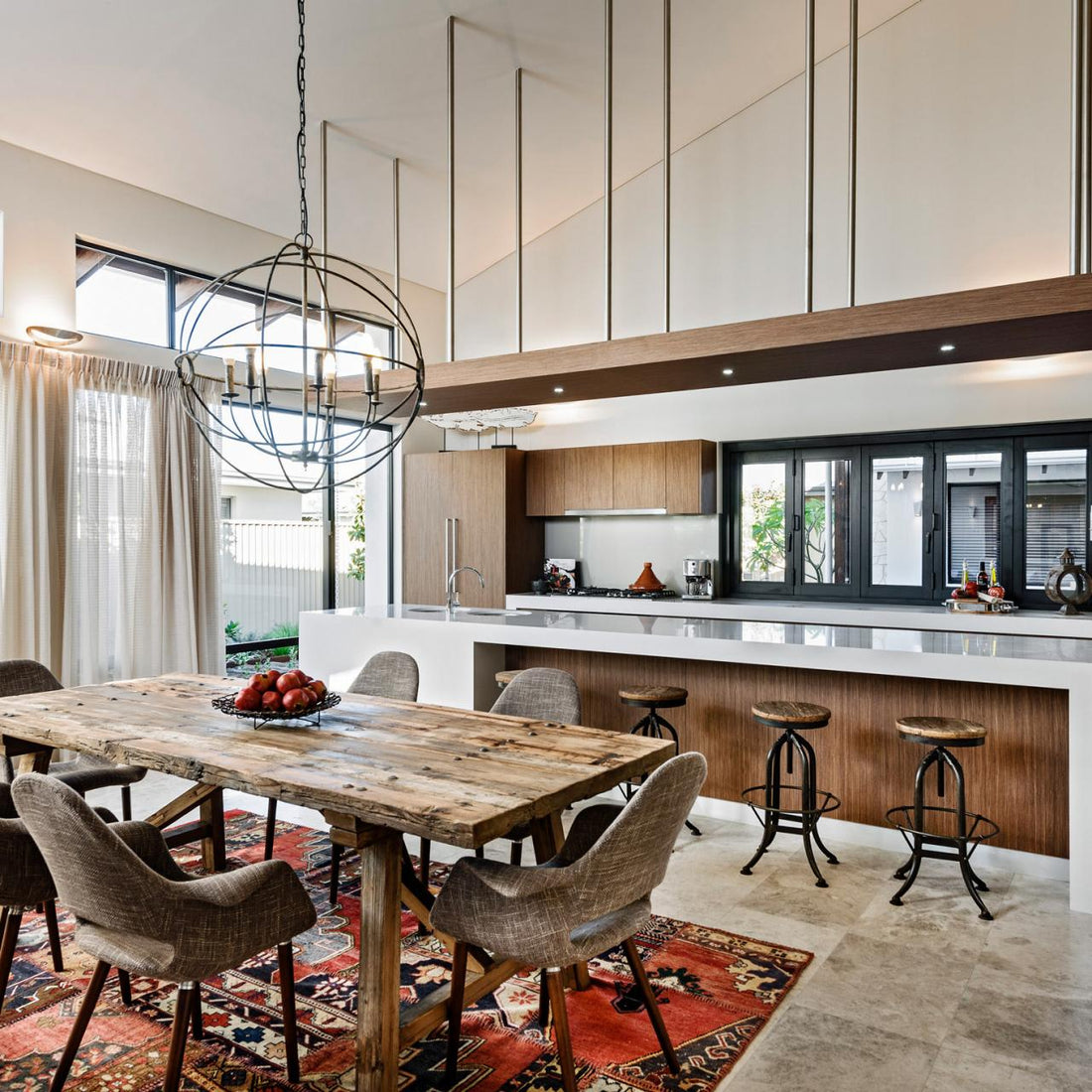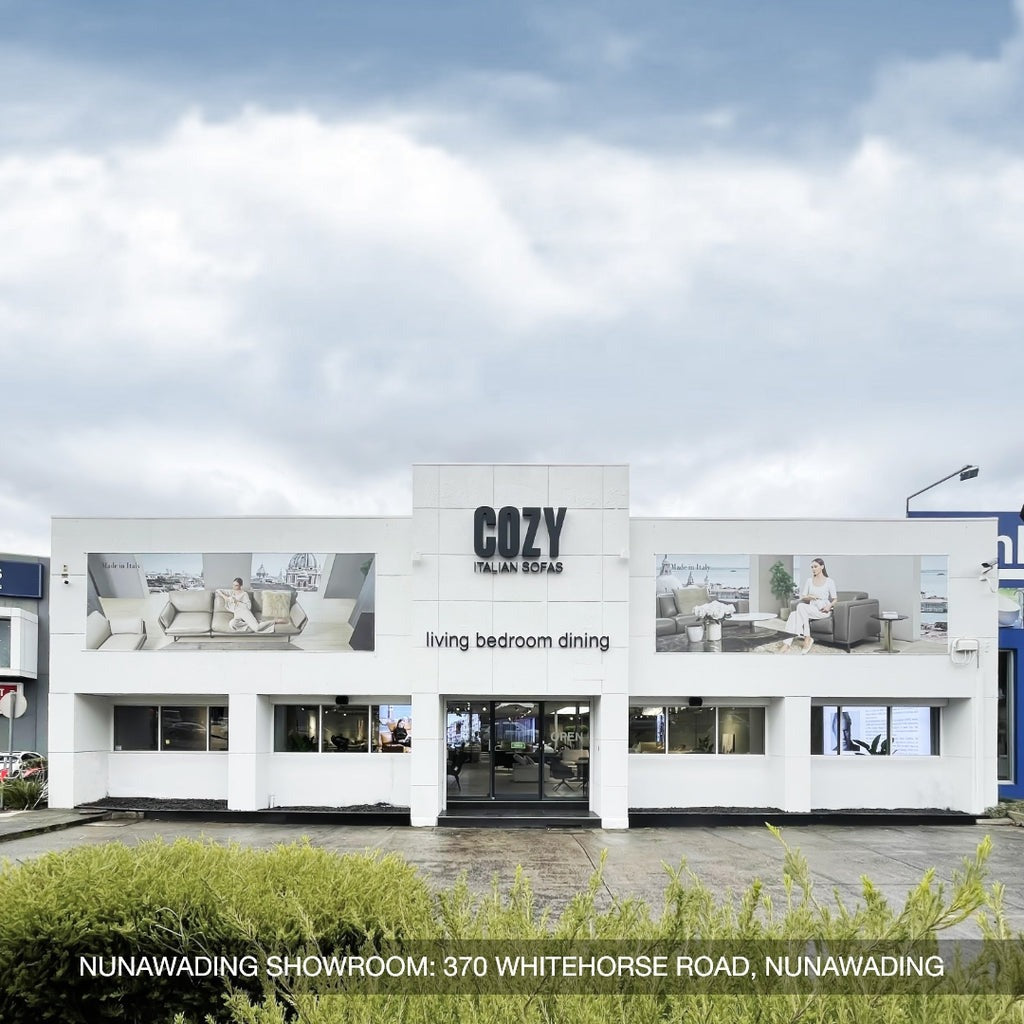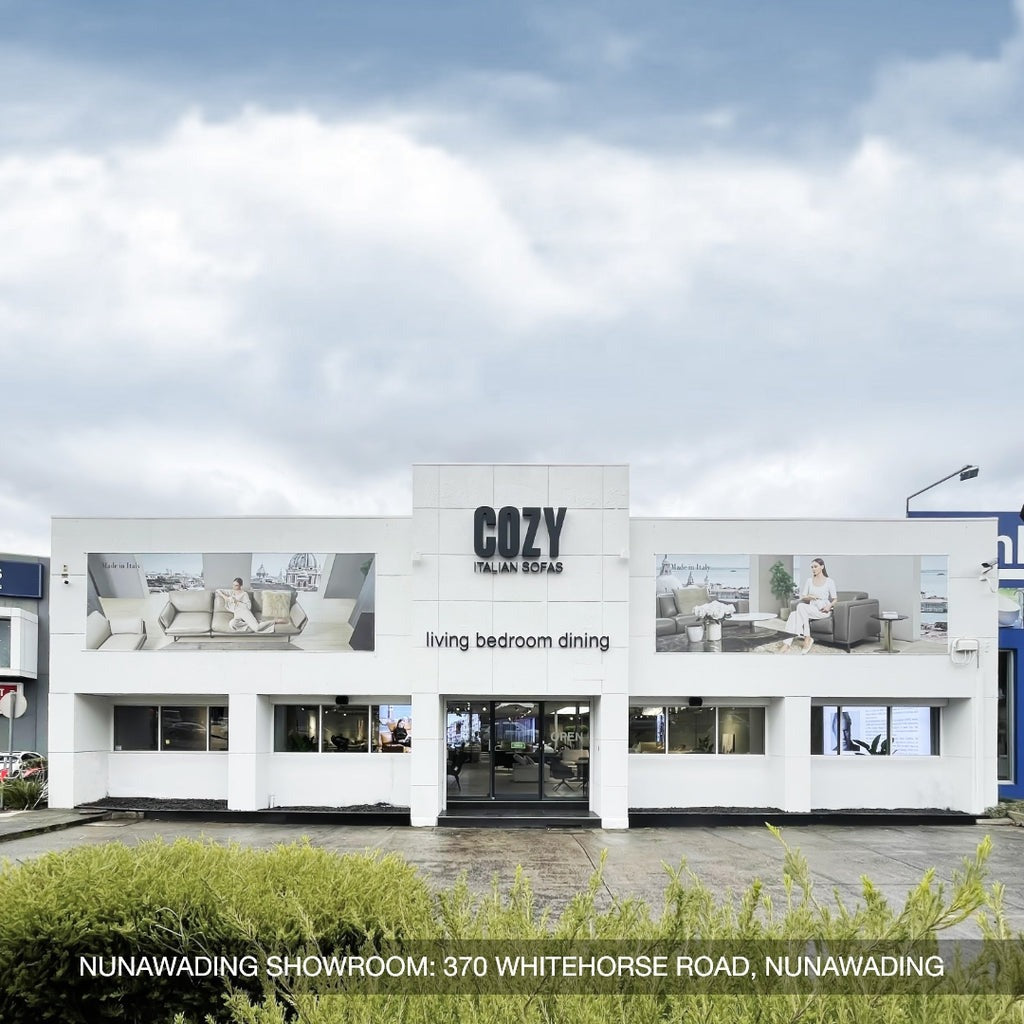In the ever-evolving landscape of interior design, the debate between open and closed concept dining rooms has become a focal point of discussion. The arrangement of living spaces significantly influences our daily interactions and overall living experience. Exploring the dynamics of open concept vs closed dining rooms unveils contrasting philosophies in design, sparking conversations about spatial aesthetics and functionality.
Similarly, the open vs closed concept kitchen further amplifies this discourse, as homeowners navigate choices that shape not only their homes but also their lifestyles. This exploration delves into the nuanced perspectives surrounding these design approaches, unraveling the essence of both open and closed concepts in dining spaces.
What Is An Open Dining Room?
Over the last decade, the open concept floor plan has surged in popularity, transforming the way we envision living spaces. Particularly evident in the realm of interior design, an open dining room defies traditional boundaries, seamlessly merging preparation and cooking areas with the adjacent living and dining spaces, often referred to as the "great room."

This architectural approach not only imparts an illusion of expansiveness to these shared areas but also fosters a harmonious and uninterrupted flow between them. Embracing open plan kitchen ideas extends beyond mere aesthetics; it encapsulates a lifestyle philosophy that champions connectivity and multifunctionality. The convergence of lounge, dining, and kitchen in an open plan creates a dynamic and inclusive living environment.
What Are The Pros And Cons Of An Open Concept Dining Room?
Pros
Embracing an open dining room design transcends mere aesthetics, becoming a pivotal choice in the ongoing discourse of open concept vs closed dining rooms and aligning seamlessly with the concept of a lounge dining kitchen open plan. The distinct advantages of an open concept dining room are multifaceted:
- Space Maximization: The absence of doors and walls is not merely a design principle but a pragmatic strategy. By removing visual barriers, an open dining room cleverly maximizes space, offering a solution especially beneficial in compact floor plans, challenging the conventional notion of spatial constraints.
- Socialization: For aficionados of both cooking and convivial gatherings, an open dining room becomes a social nexus. It transcends the limitations imposed by closed-off dining rooms, fostering interaction and ensuring that culinary enthusiasts remain an integral part of the vibrant social tapestry.
- Group Cooking: The age-old adage of "too many cooks in the kitchen" is redefined in an open concept. Here, the dining room's spatial generosity accommodates multiple participants, transforming cooking into a collective experience rather than a solitary endeavor.

- Island Space: An open concept dining room's inherent lack of a fourth wall facilitates the integration of islands. Islands, serving as versatile hubs, offer additional seating, counter space, and prep areas—all without disrupting the organic flow of household traffic.
- Multitasking: Beyond culinary pursuits, an open concept dining room serves as a dynamic space where various activities seamlessly converge. Imagine following a cooking tutorial on TV while simultaneously supervising children—effortlessly blending daily responsibilities with culinary endeavors.
- Brighter Light: Natural light, a coveted element, takes center stage in an open dining room. Liberated from the obstruction of walls, the design maximizes the home's natural light, creating a luminous and inviting ambiance. This radiant quality stands in stark contrast to the enclosed environments characteristic of closed dining room, contributing to the vibrant atmosphere of the great room.
Cons
Open concept dining rooms, celebrated for expanding the central hub of the home and fostering togetherness, aren't universally flawless and may not suit everyone's preferences. While their merits are evident, the cons of open dining room warrant consideration:
- Constant Visibility: The openness that characterizes these dining rooms can be a double-edged sword. For those meticulous in maintaining a tidy space, it's an opportunity to showcase orderliness. However, if tidiness isn't your forte, the constant visibility might pose a challenge, potentially becoming a deciding factor for those wary of showcasing an untidy dining room.
- Increased Noise: The cacophony of culinary activities is an inherent drawback in open concept dining rooms. The lack of barriers allows sounds to reverberate throughout the great room, making it less than ideal when you crave a serene environment, especially during activities like watching a movie, where the clatter of dining room appliances becomes an unwelcome soundtrack.
- Reduced Cabinet Space: The absence of an additional wall in open dining rooms comes with a trade-off. While it creates an expansive and interconnected living space, it also means a reduction in available wall space for cabinets. This limitation can impact storage capacity, posing a challenge for those with extensive culinary equipment or a penchant for an abundance of kitchenware.
What Is A Closed Dining Room?
Once a conventional norm, the closed concept dining room, prevalent until recent times, is distinguished by its traditional layout. Accessible through a doorway, this design restricts entry, limiting its occupants primarily to the cook and assistants. Notably secluded from the broader household, including the living area, closed dining rooms evoke a sense of compartmentalization.

In the ongoing discourse of open concept vs closed, the closed dining room exemplifies a more delineated living space. Yet, its exclusivity prompts consideration of what truly makes a good dining area, questioning the dynamics of spatial integration and social engagement within the evolving landscape of home design.
What Are The Pros And Cons Of A Closed Concept Dining Room?
Pros
A closed dining room, contrary to assumptions of being small and cramped, is often purpose-built for those who prioritize serious cooking or seek specific advantages:
- Reduced Mess Stress: The closed dining room offers a haven of privacy. Guests and visitors need not be exposed to any culinary chaos, as closing the door becomes a convenient shield, effortlessly concealing any dining room untidiness.
- More Storage: Endowed with four walls, the closed dining room provides an abundance of options for cabinet placement, along with strategic positioning of appliances and countertops. This spatial flexibility enhances storage capacity, catering to individuals with a penchant for well-organized dining room spaces.
- Better Focus: The closed dining room fosters an environment of concentration. The disruption of natural traffic flow by walls minimizes the likelihood of disturbances while cooking or cleaning, allowing individuals to navigate their culinary tasks with undivided attention.
- Limited Noise and Smell: Closed off from the rest of the home, a closed dining room acts as a containment chamber. When culinary mishaps occur or noisy appliances like the garbage disposal come into play, the closed environment serves as a barrier, curbing both smell and noise, ensuring minimal disturbance to others in the household.

Cons
While the advantages of closed dining rooms hold weight, certain drawbacks may give pause to many individuals:
- Isolation: For those who view cooking as a solitary task or prefer engaging in additional activities like socializing or watching TV while in the dining room, the inherent seclusion of a closed dining room might not align with their preferences. The sense of loneliness associated with this design could prove less appealing.
- Size Considerations: In the realm of smaller homes, closed dining rooms may not emerge as an optimal choice. The enclosed nature of these dining rooms has the potential to create an illusion of reduced space, making them less conducive to the spatial dynamics of compact living environments.
- Reduced Flow: The introduction of a barrier between the kitchen and dining room disrupts the natural flow, presenting logistical challenges in the seamless delivery of food and dishes between these spaces. The transition from culinary creation to dining becomes more cumbersome with the division imposed by closed designs.
Tips For Choosing The Right Layout For Your Dining Room
Navigating the open versus closed dining room dilemma involves a personalized approach, devoid of rigid rules. Each home, shaped by its inhabitants, necessitates a thoughtful consideration of needs and desires. Begin by crafting a comprehensive list that delineates your essentials and aspirations.
For those cherishing an extensive collection of kitchen gadgets, a closed dining room design might emerge as the ideal choice, ensuring ample cabinet space for storage. On the contrary, if your priority lies in fostering social connections and you value conviviality over cooking privacy, an open dining room plan could be the most fitting. In essence, the decision hinges on aligning these design concepts with your unique lifestyle and individual preferences.
Conclusion
In concluding the exploration of open vs closed concept dining rooms, the key lies in recognizing the nuanced interplay between design philosophies and personal lifestyles. Whether one opts for the communal allure of an open concept or the discreet charm of a closed setting, the decision shapes not just the physical space but the dynamics of daily living.
As trends evolve, so do our homes, becoming reflections of individuality. Embracing contemporary dining room furniture becomes an integral part of this metamorphosis, melding seamlessly with the chosen dining room concept to create a harmonious fusion of style and functionality in the heart of the home.





